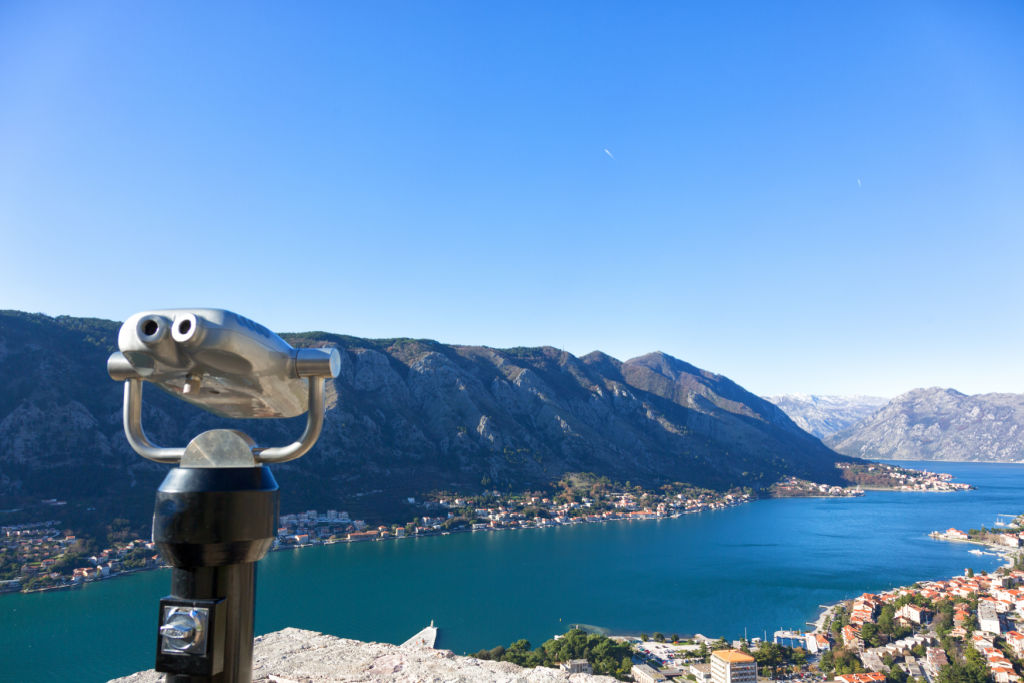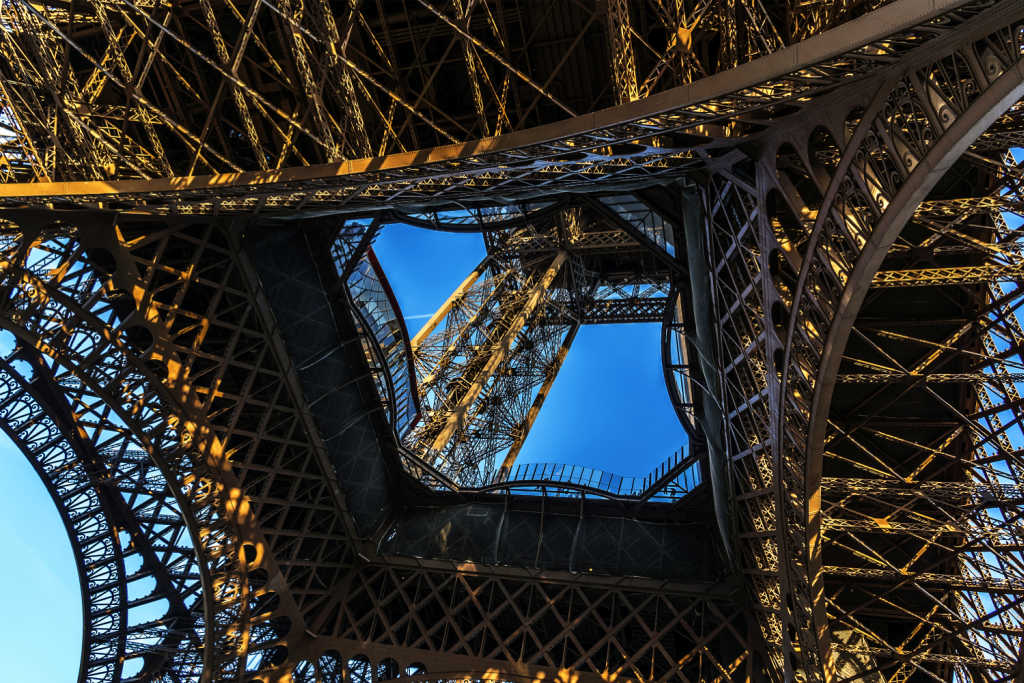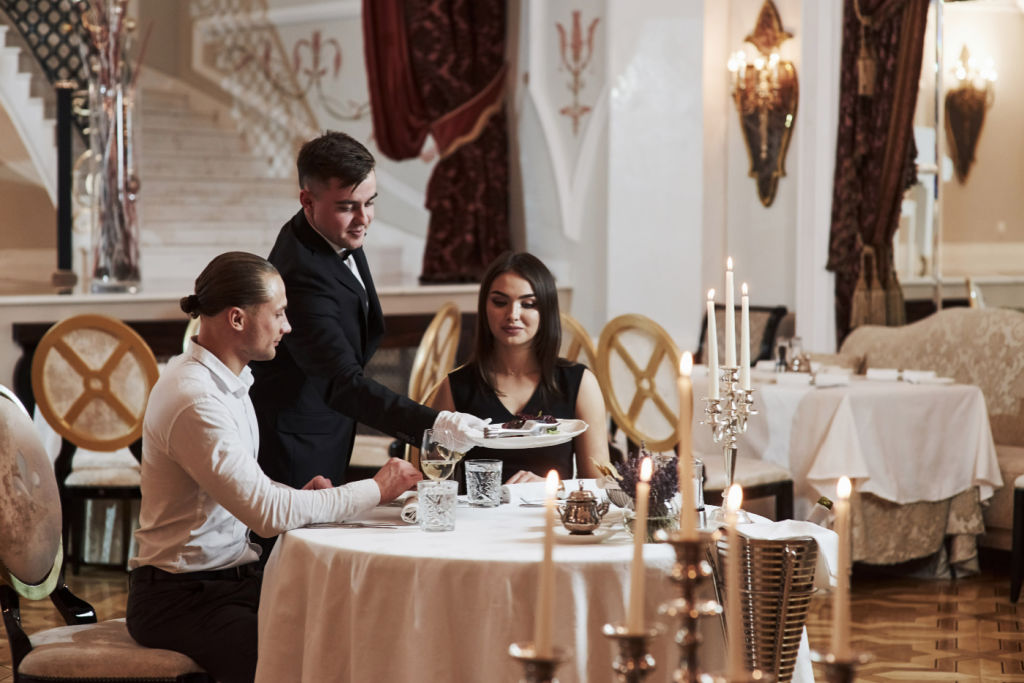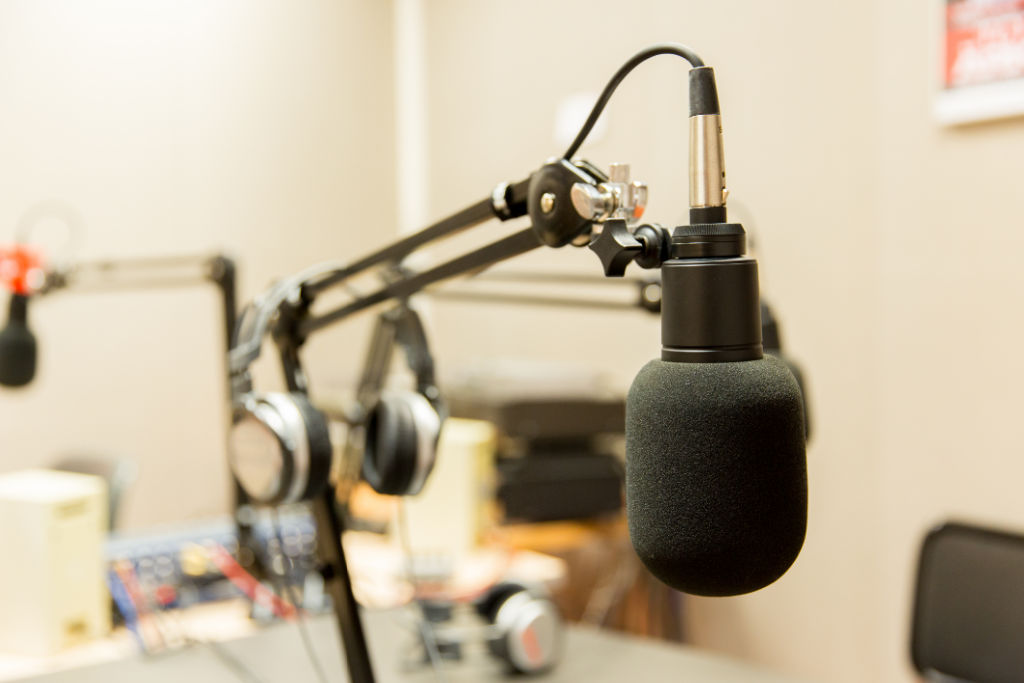If you’re planning a trip to Paris, there are many things you must know before going to the Eiffel Tower. For instance, you should learn about the hours of access to the Observation deck, as well as the construction of the monument. Also, you should know how the restaurant and its hours of operation work. If you’re looking for a more unique view of the monument, you can visit the Parvis, which offers a privileged view of the monument.
Observation deck
You can experience Paris Las Vegas from the Observation Deck of the Eiffel Tower. It is 460 feet high, located atop Paris Las Vegas’ half-scale replica of the Eiffel Tower. It offers stunning views of the city. You can take in the history of Paris and its culture while you’re on top of the world.

The Eiffel Tower’s observation deck offers panoramic views of Paris, including the Eiffel Tower. Visitors can also see the Invalides and Montmartre. It also offers views of the bends in the Seine. Visitors can purchase a souvenir or gift at the Seine or Chaillot gift shops.
Construction
The construction of the Eiffel Tower began in 1889 and was completed in 1903. While Eiffel had originally shown little enthusiasm for the project, he later agreed to further study it. He assigned two engineers to study it, as well as the head of the company’s architectural department, to create a design. Among the changes they made was adding decorative arches at the base of the tower and a glass pavilion on the first level.

The Eiffel Tower is an open-lattice iron structure composed of four massive arched legs. These legs rest on four concrete slabs. The foundations for the tower are 22 meters deep. The steel girders are held together by 2.5 million thermally assembled rivets. These rivets are tooled and manufactured in the Eiffel factory.
Hours of access
The Eiffel Tower is open daily, except during the winter months. The stairs and elevators are closed after this time for safety reasons. In addition, some of the top observation decks close early on certain days, including Bastille Day. During special events, such as strikes or riots, the tower may be closed as well.

The hours of access to the Eiffel Tower depend on several factors, including the day of the week, season, and mode of transportation. For example, if you plan to see the Eiffel Tower at sunset, you should consider booking a timed entrance 90 minutes in advance.
Restaurants
If you’re a visitor to Paris, you’ll want to check out the different restaurants near the Eiffel Tower. For quick, casual meals, you can head to the famous Cafe Carrette. Another popular spot is Tampopo, a Japanese restaurant with great seafood. Both of these spots have great views of the tower.

The Macaroon Bar on the second floor of the Eiffel Tower serves up the iconic French dessert. There are many different flavours of macaroons available and these macaroons make a great souvenir.
Wireless station
The Eiffel Tower is a wrought iron lattice tower located in Paris, France, near the Champ de Mars. It is named for engineer Gustave Eiffel, whose firm designed and built it. Today, the tower serves as an iconic landmark in the French capital. In fact, many people travel to Paris simply to see it.

The wireless station in the Eiffel Tower was used by the French military during World War I. The station allowed them to intercept enemy messages sent from Berlin. This helped the French military plan their counterattack during the Battle of Marne. The tower also allowed the French to intercept a German coded message between Spain and Germany, which contained details about Operation H-21. The tower even helped the French capture the legendary spy Mata Hari who was spying for the Germans.
Design
During the early stages of the construction of the Eiffel Tower, the French company that built it commissioned Swiss structural engineer Maurice Koechlin and French civil engineer Emile Nouguier to help them with the design. Eiffel was not enthusiastic at first, but he approved the study of the project and asked the two engineers to consult with the head of the architectural department of the company. Architect Stephen Sauvestre proposed several modifications, including the addition of decorative arches at the base of the tower and a glass pavilion at the first level.

The engineering team also studied wind resistance. The tower’s vertical shape is curved in such a way that it offers maximum resistance against the cutting force of the wind. For this reason, the engineers used graphical methods and empirical methods to determine how strong the structure would be. The design of the tower is such that it sways only nine centimetres during strong winds.
